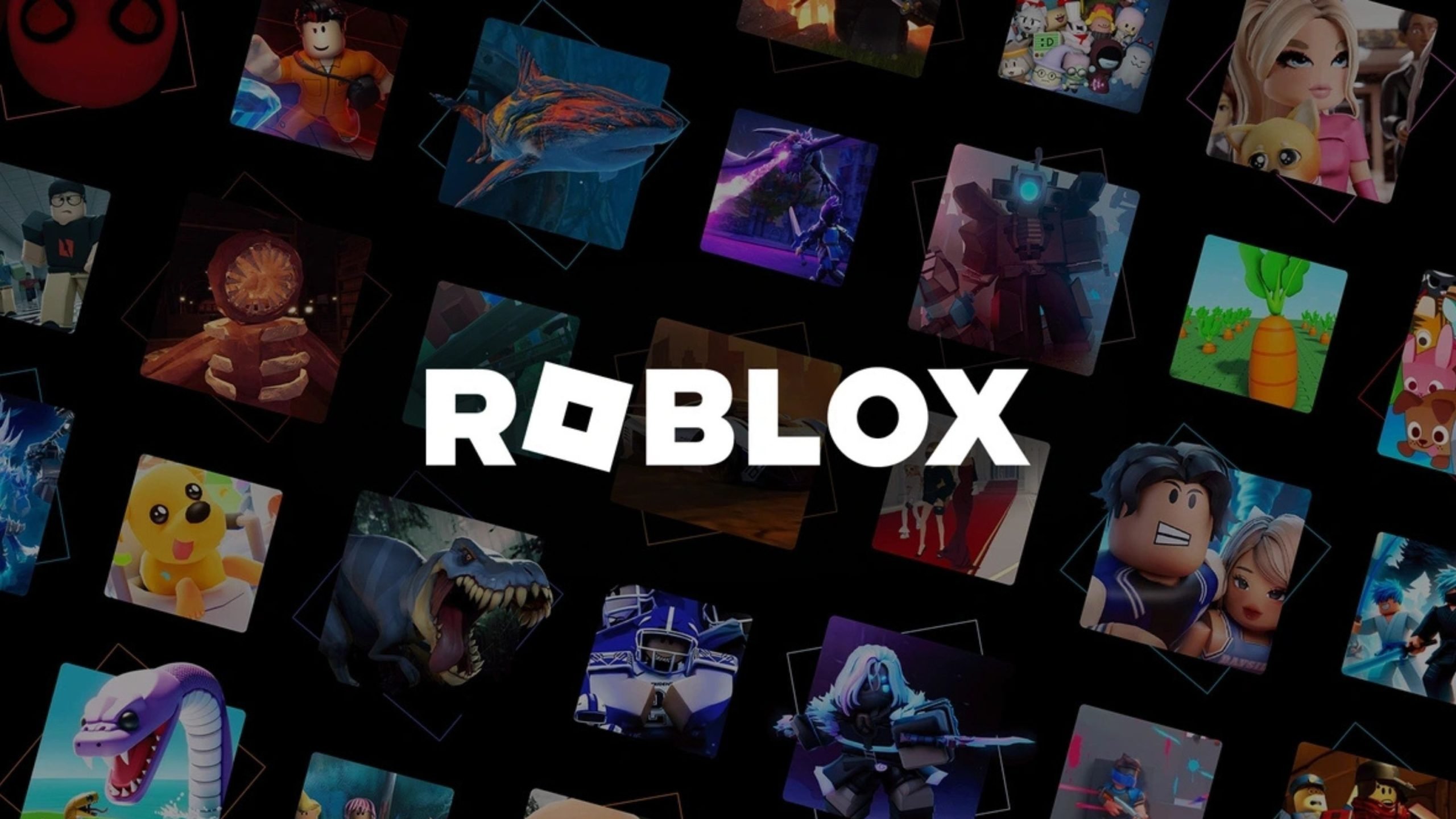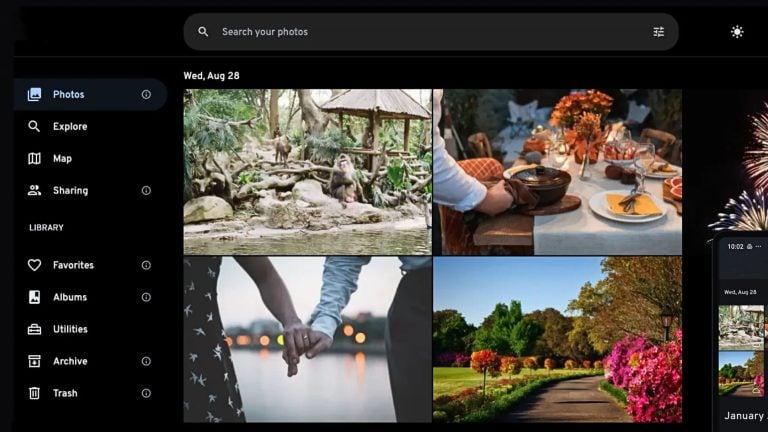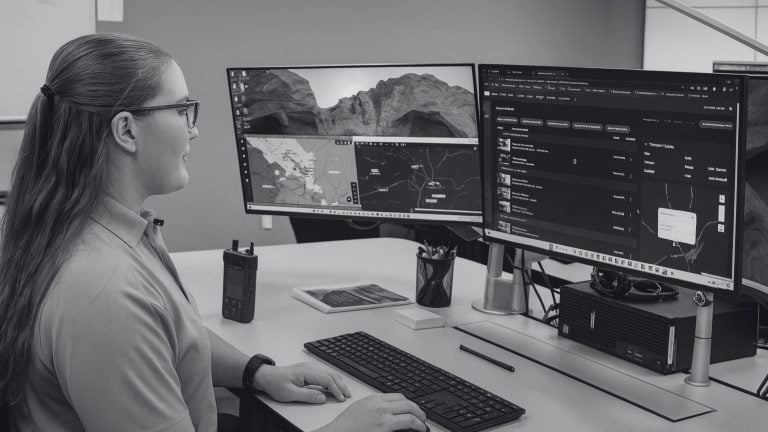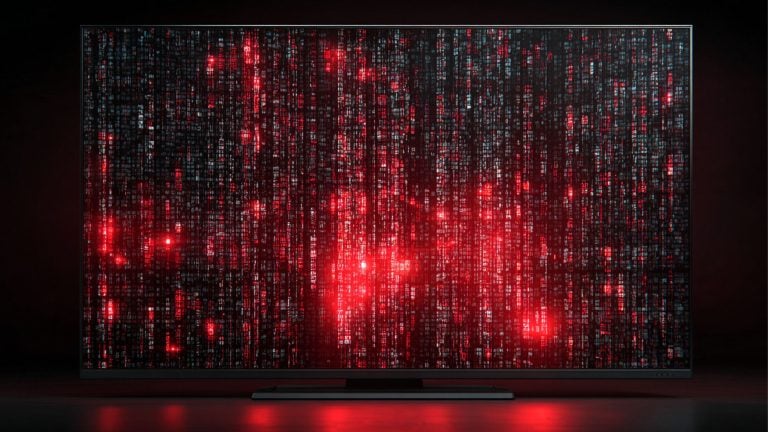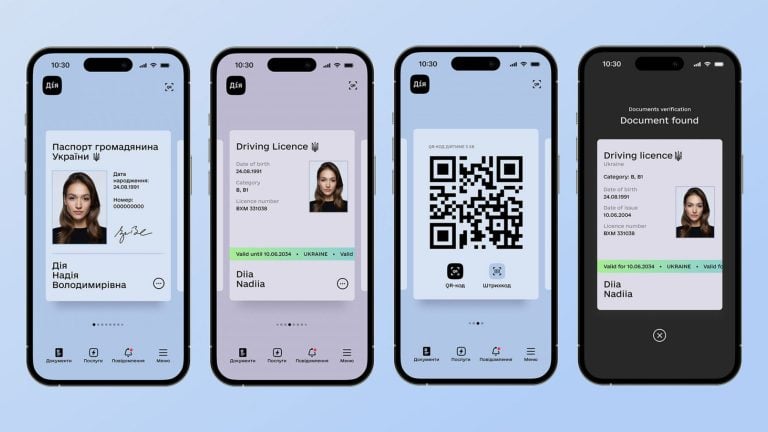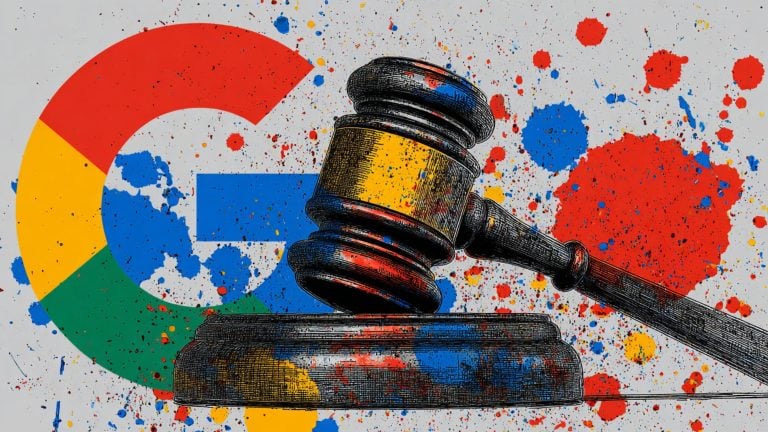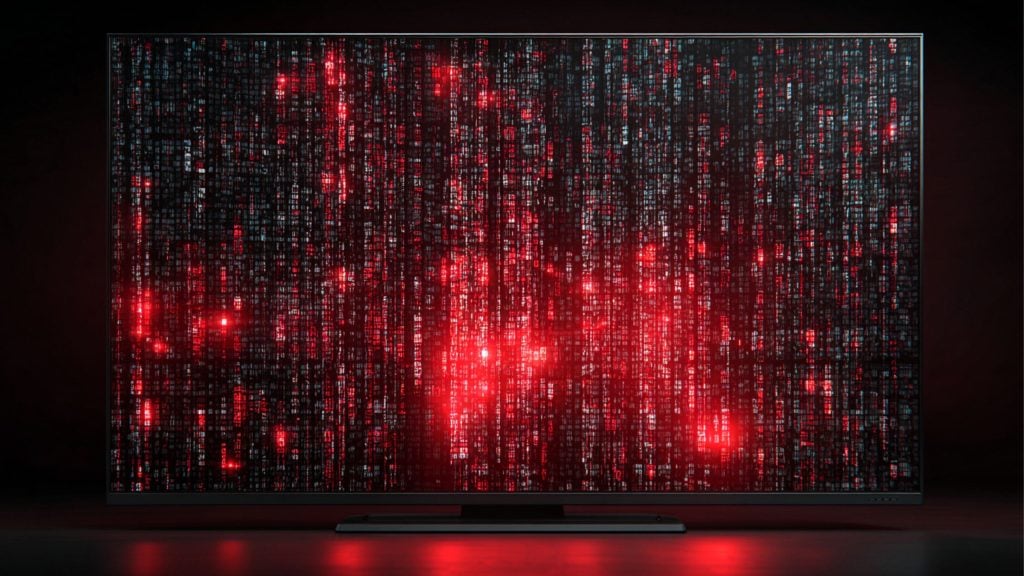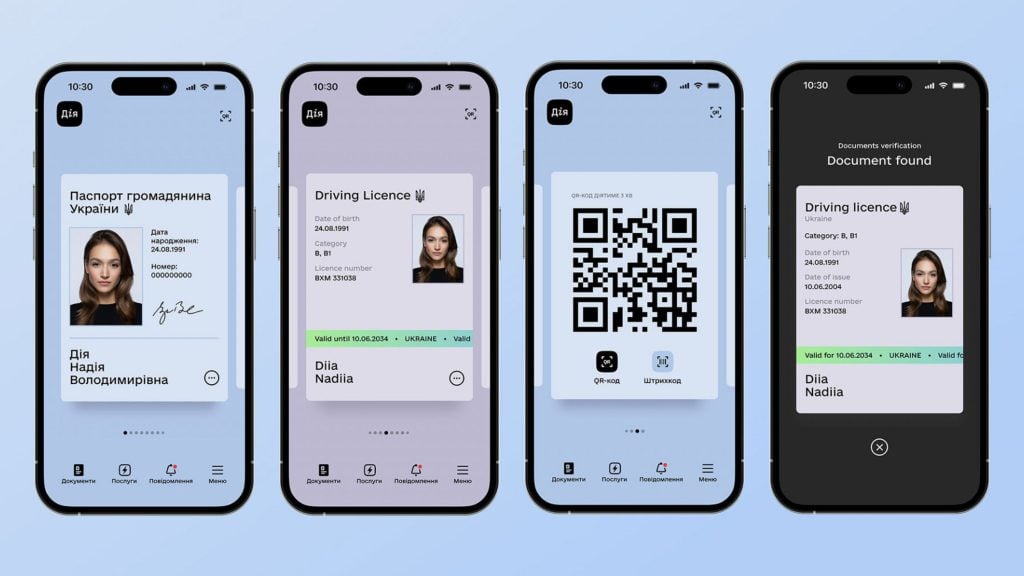Roblox is expanding its use of AI-based facial scanning and digital ID to estimate user ages, a move the company claims will improve safety but one that also reflects a growing trend toward normalized digital surveillance and identity checks across online platforms.
This latest rollout will apply the technology to all users who engage with voice or text chat, using scanned selfies.
The company says this method, combined with government ID verification and parental consent checks, provides a more “accurate” assessment than the longstanding approach of asking users to input their birth year.
But these shifts are not just about age brackets. They are part of a wider shift in how identity is being tracked, monitored, and enforced online, often with little meaningful public debate about the long-term implications.
More: Louisiana’s War on Roblox Turns Into a Digital ID Crusade
Roblox’s announcement comes alongside a new partnership with the International Age Rating Coalition (IARC), through which the platform will adopt standardized content ratings from global regulators.
As Roblox refines its content policies and privacy rules, it does so under pressure from a regulatory climate that is rapidly normalizing digital identity checks and biometric surveillance.
Governments in the UK, Mississippi, and several other US states are moving toward laws that compel platforms to verify the ages of users by introducing digital ID and removing online anonymity.
These policies are being framed as safety measures, especially to protect children, but they also lay the groundwork for broader surveillance regimes and ID-based access controls across the internet.
Some platforms have already exited regions where compliance with these laws requires invasive practices. Roblox, on the other hand, appears to be leaning into the trend. In July, it launched video-based age verification to bar children under 13 from features like unfiltered chat. It also restricts teens from making “trusted connections” with others unless verified through contact syncing or QR codes, a system that blurs the line between digital and physical identities.
Roblox says it will soon introduce additional features designed to reduce interactions between adults and minors.
It already deploys tools such as Roblox Sentinel, an AI-driven system that scans user activity.
Other monitoring systems are built to detect and remove rule-breaking servers in real time. Parental controls and content filters are also part of the company’s pitch to families.
Despite these efforts, reports and lawsuits continue to pressure the company. Legal complaints filed in Louisiana, Texas, Pennsylvania, and California argue that predators continue to exploit the platform to reach minors, which is true.
The question now is not just how well these tools protect young users, but what kind of internet they are building in the process.

